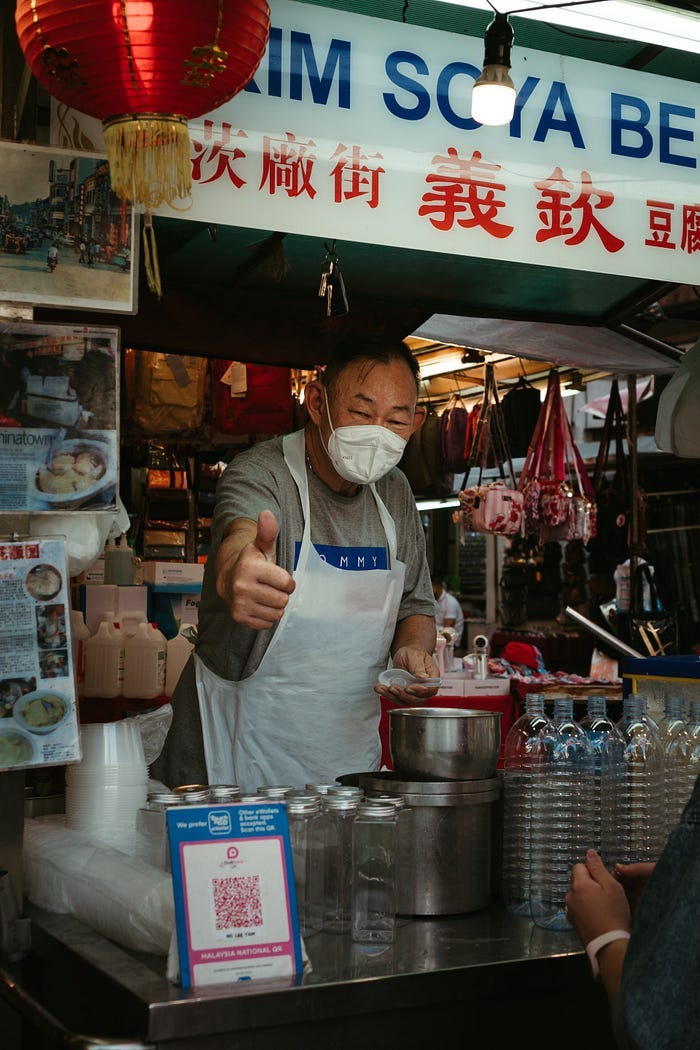Breaking Bread and Building Bridges: How Food Unites Us
Sharing food creates community

Whether you sample street food or have a fancy sit-down meal, Malaysian food is not to be missed.
It’s a fusion of the best of many cultures.
The British ‘encouraged’ Chinese migration to work in the tin mines and on rubber plantations in the 19th century. Many of these indentured miners brought their families along.
Today, Malaysian Chinese form a significant portion of the country’s population. They continue to create traditional dishes that reflect regional differences from their home countries.
When people moved to Malaysia as immigrants or laborers, they brought their family recipes and cooking techniques along with them. When people from different cultures married, they blended these recipes and techniques.
Malay, Chinese, Indian, and indigenous Bornean and Orang Asli (original first peoples) food traditions are combined. Portuguese, Syrians, and Japanese have influenced many of the dishes served in Malaysia today.
Food acts as a cultural bridge, building friendships
Exploring the hawker food stalls is a mouthwatering journey. They serve aromatic delights that rival food you can find in sit-down restaurants.
Malaysian food culture weaves a rich tapestry of flavors that captivate the senses and leave food enthusiasts craving for more.
Every dish tells a story of tradition, innovation, and irresistible taste.
The use of fragrant herbs and spices such as lemongrass, ginger, galangal, turmeric, and chili peppers are key components. That gives the food a distinct aroma and flavor.
Coconut milk and palm sugar are added to many dishes. That creates a creamy sweetness that is unique to Malaysian cuisine.
You can find dishes that combine elements from various cultural backgrounds, creating new and exciting flavors that are unique to the region.
These cooks weren’t afraid to experiment.
Tornado Potatoes Are Cheap and Easy to Make
Different regions in Malaysia have distinct food specialties created by the dominant cultural groups in that area. Penang is famous for its delicious Hokkien and Nyonya cuisine, while Malacca offers unique Peranakan dishes.
Malaysian cuisine includes a variety of seafood, meats, and vegetables cooked in a range of styles, including stir-frying, grilling, stewing, and deep-frying. The dishes appeal to many tastes.
A family that eats together, stays together.
Malaysian food is often enjoyed in a communal setting, with large dishes shared among friends and family. This communal aspect of dining is an essential part of Malaysian culture and adds to the overall enjoyment of the food.

Some cool things I’m enjoying
Revamp your kitchen
Struggling with your marketing? Check this out.
The healthiest thing you can do for your body this week. Seriously.



